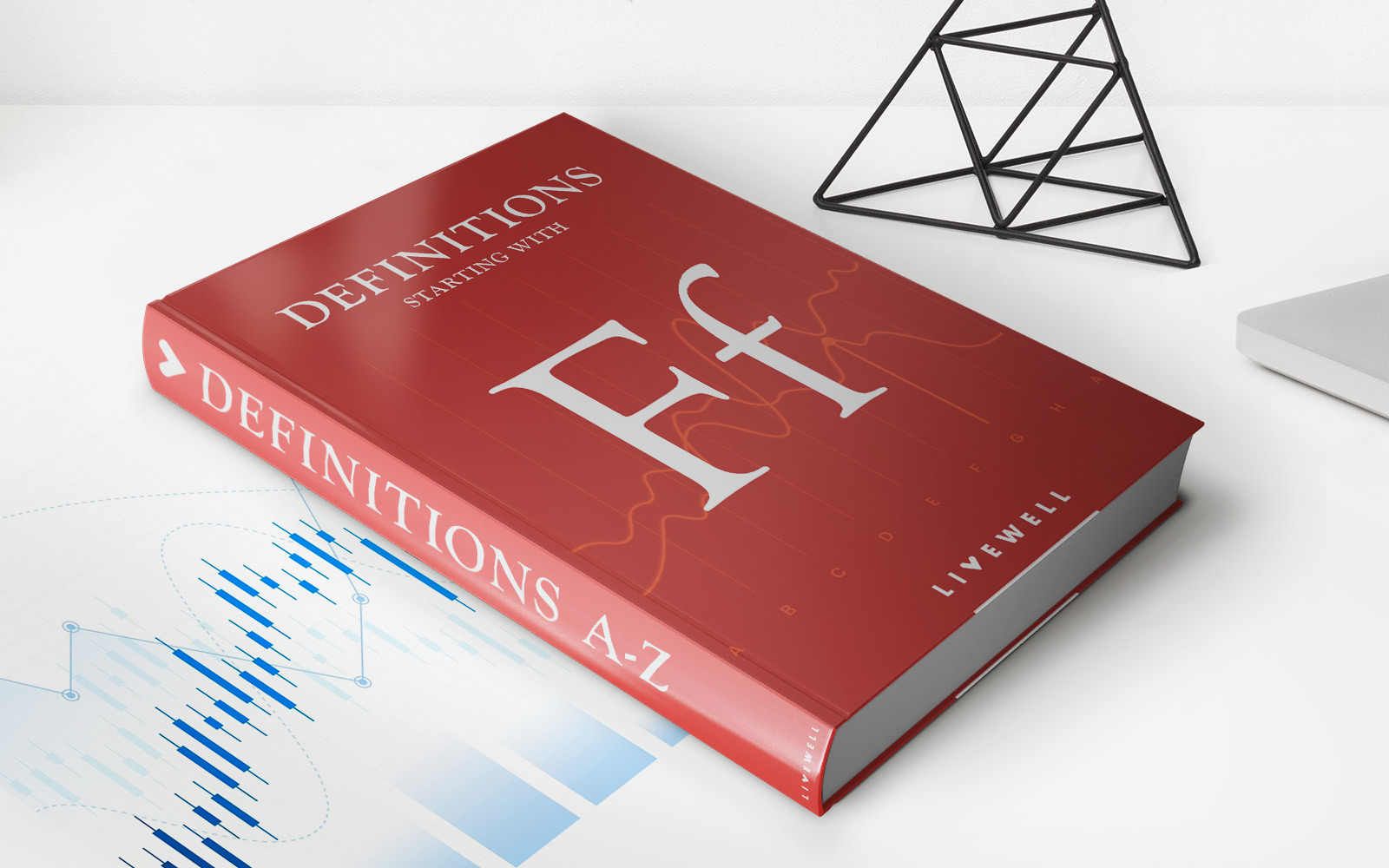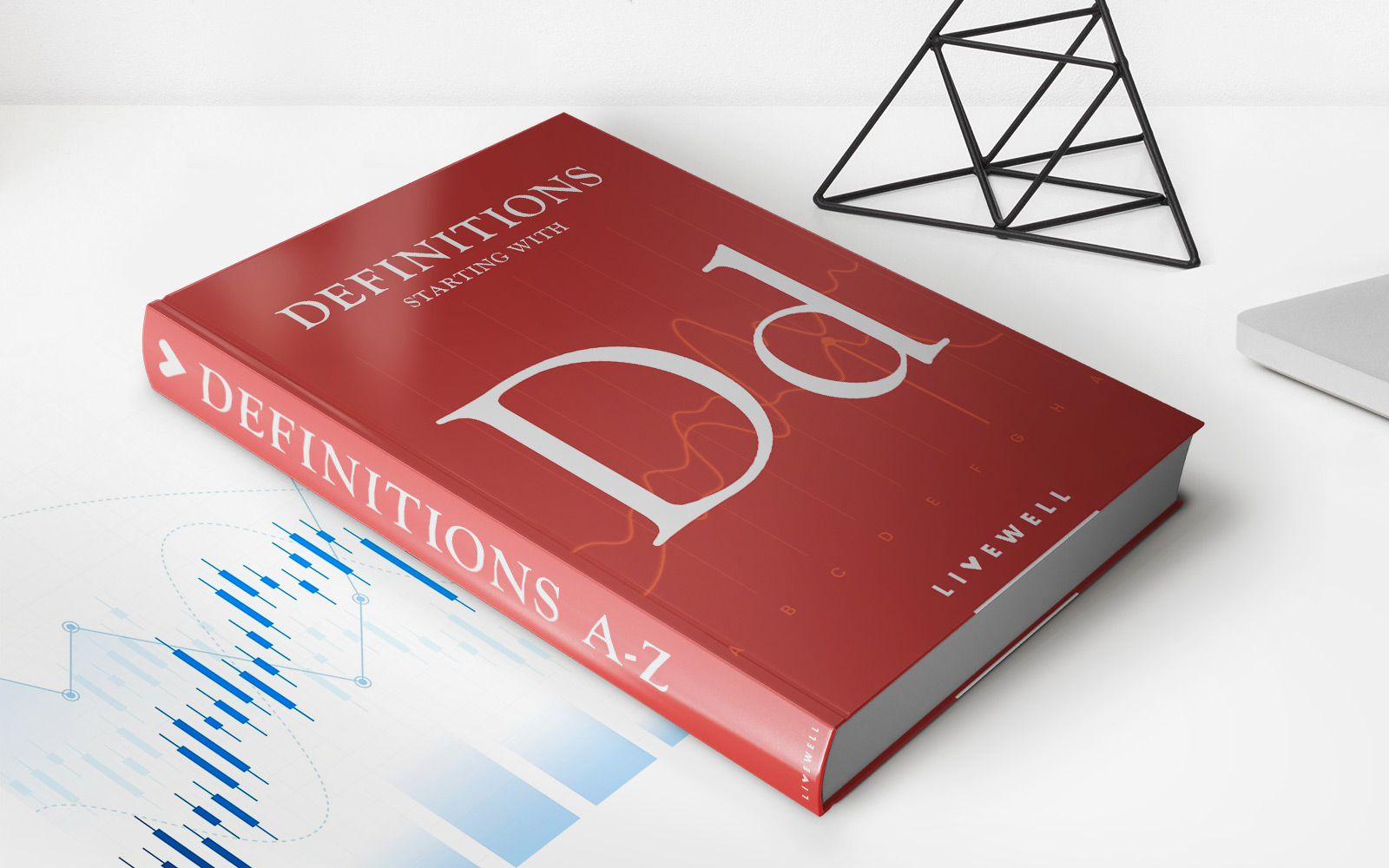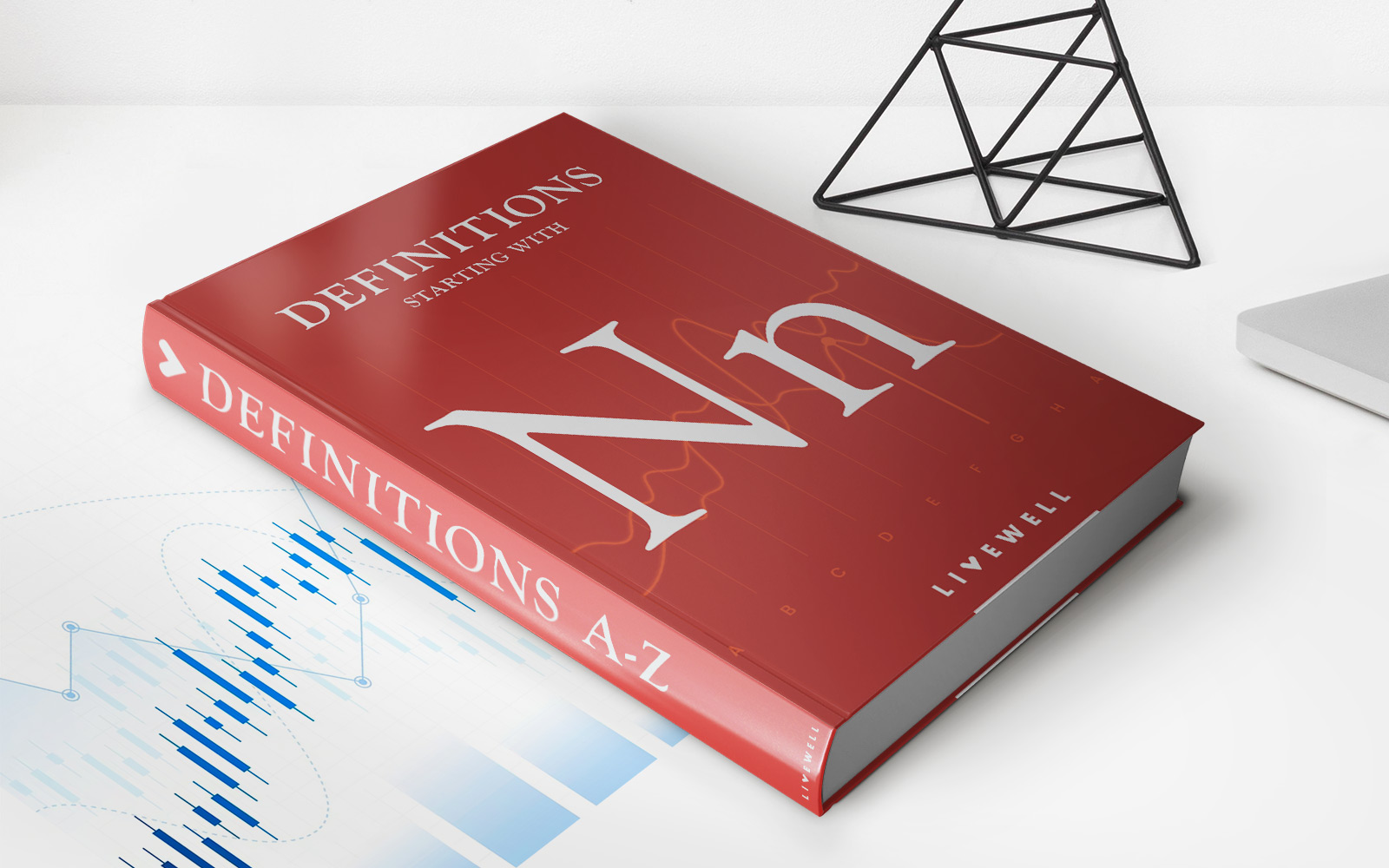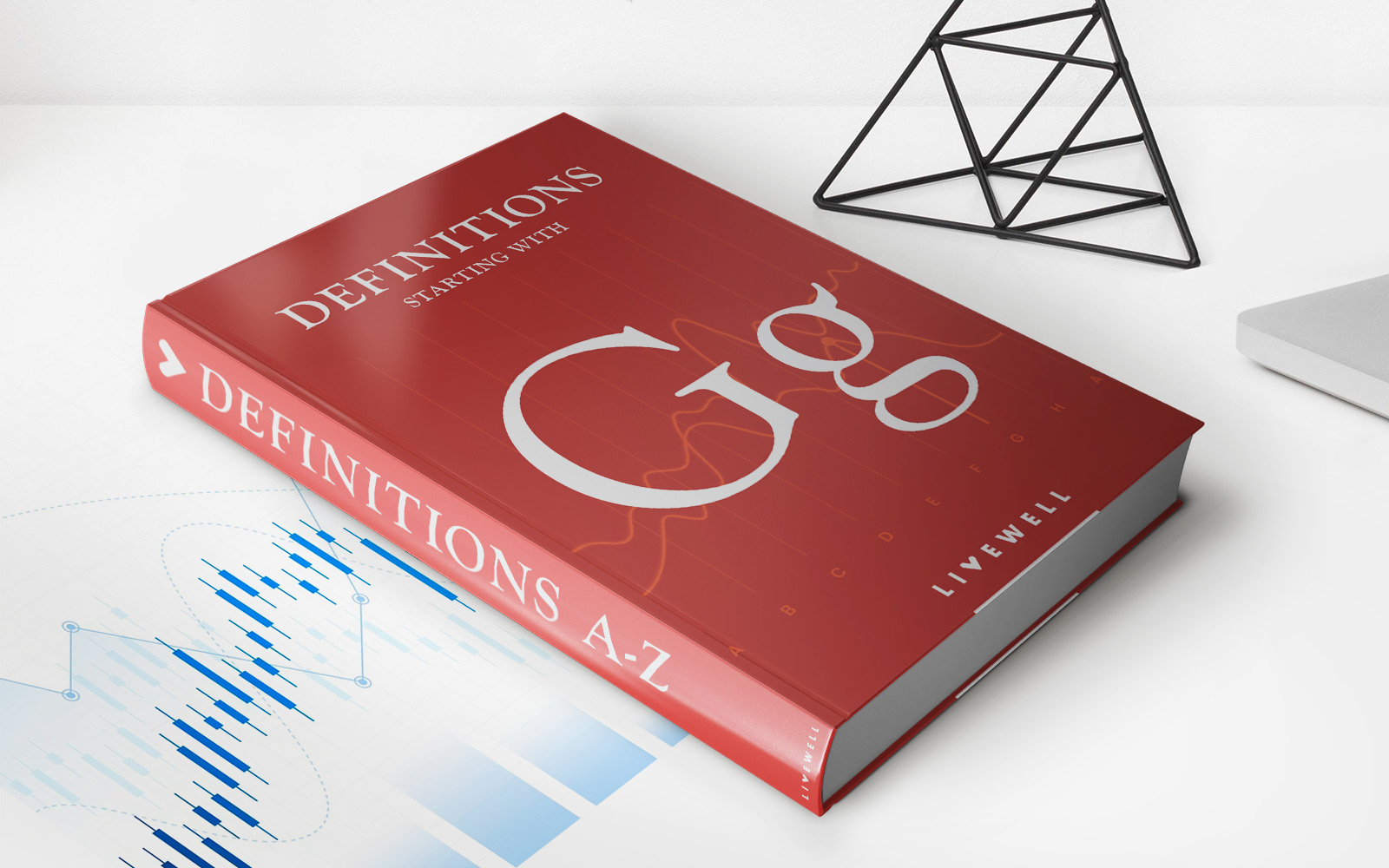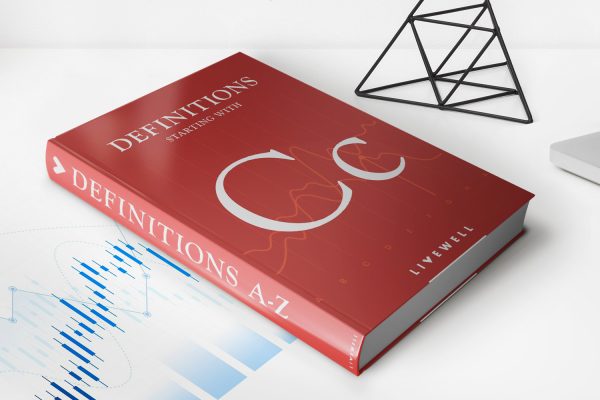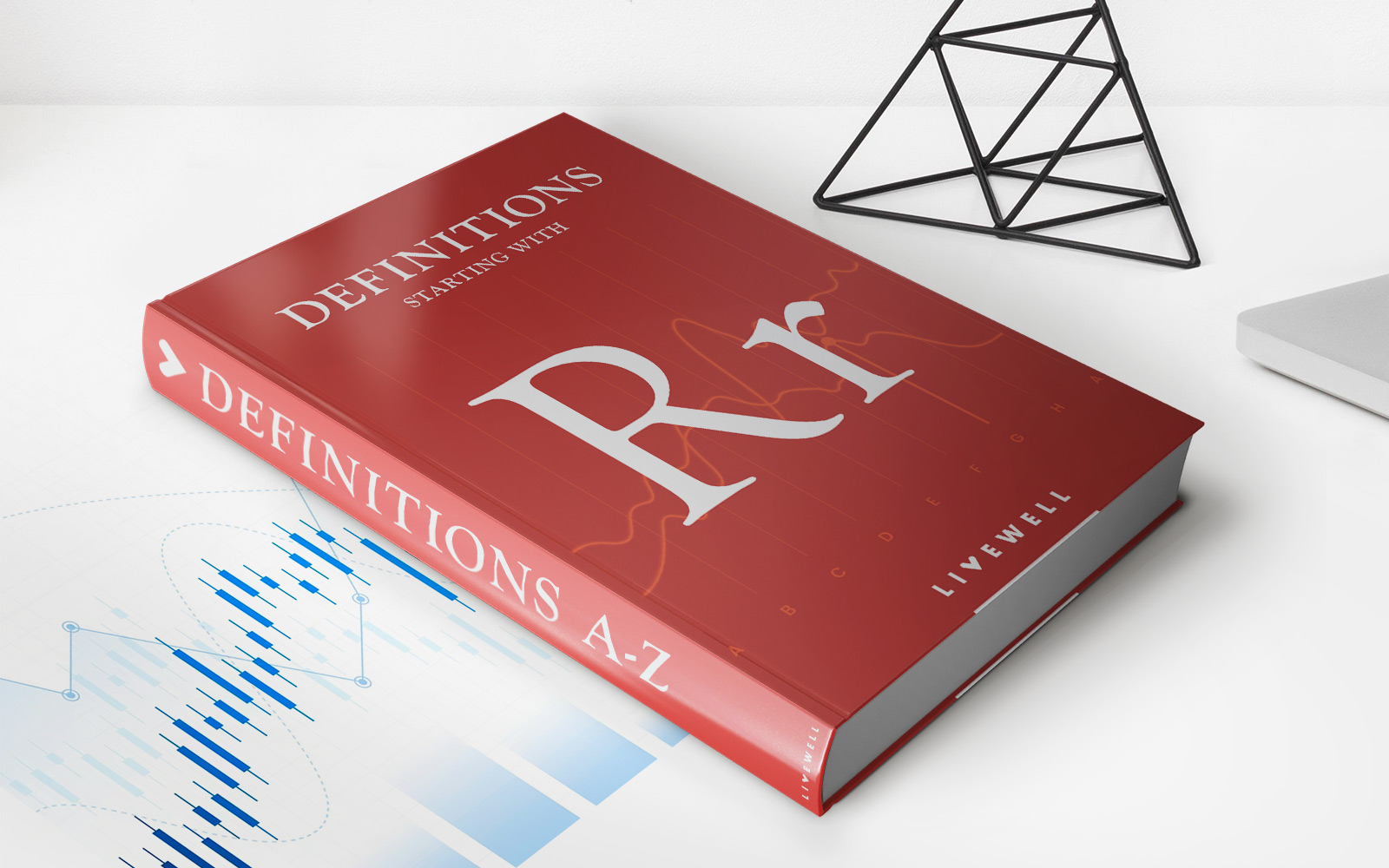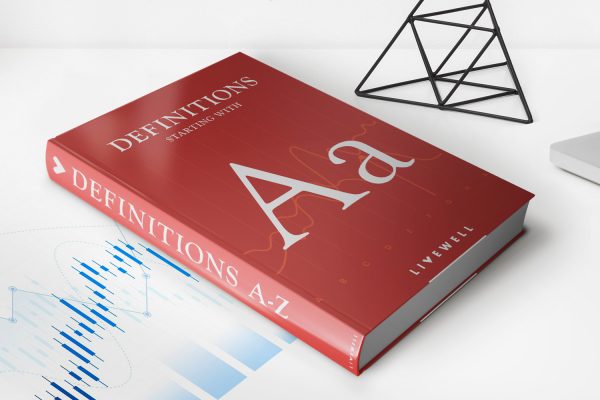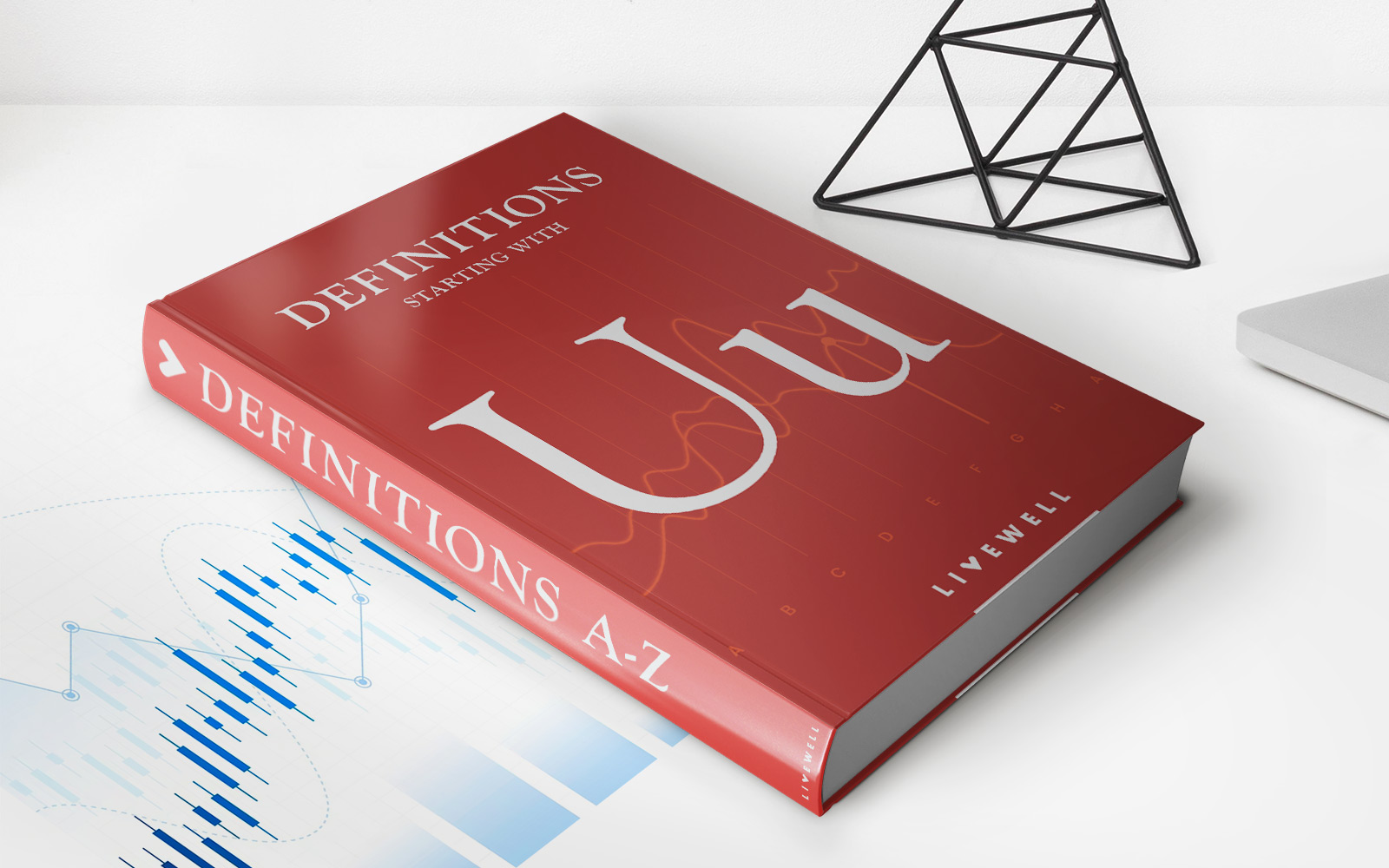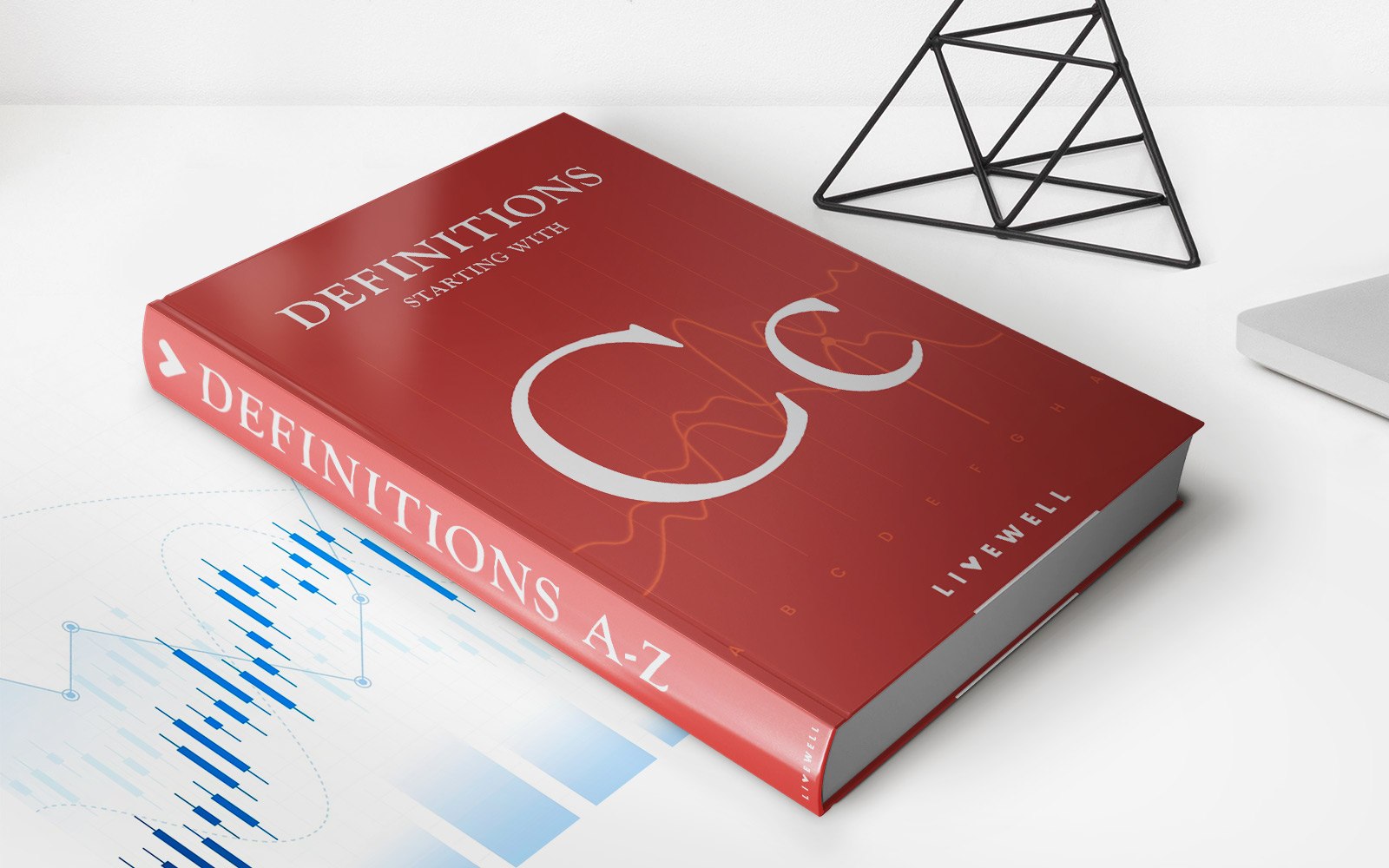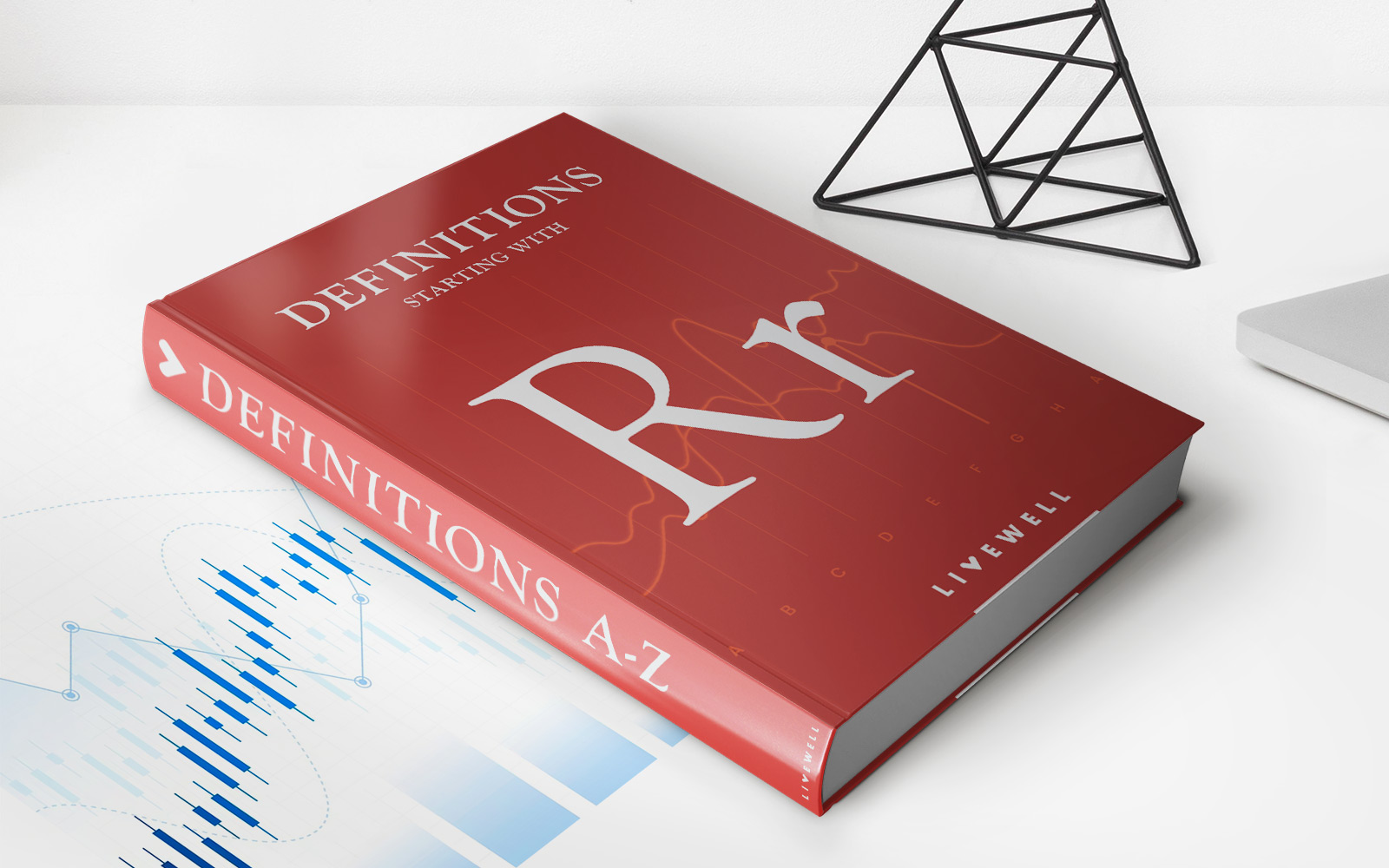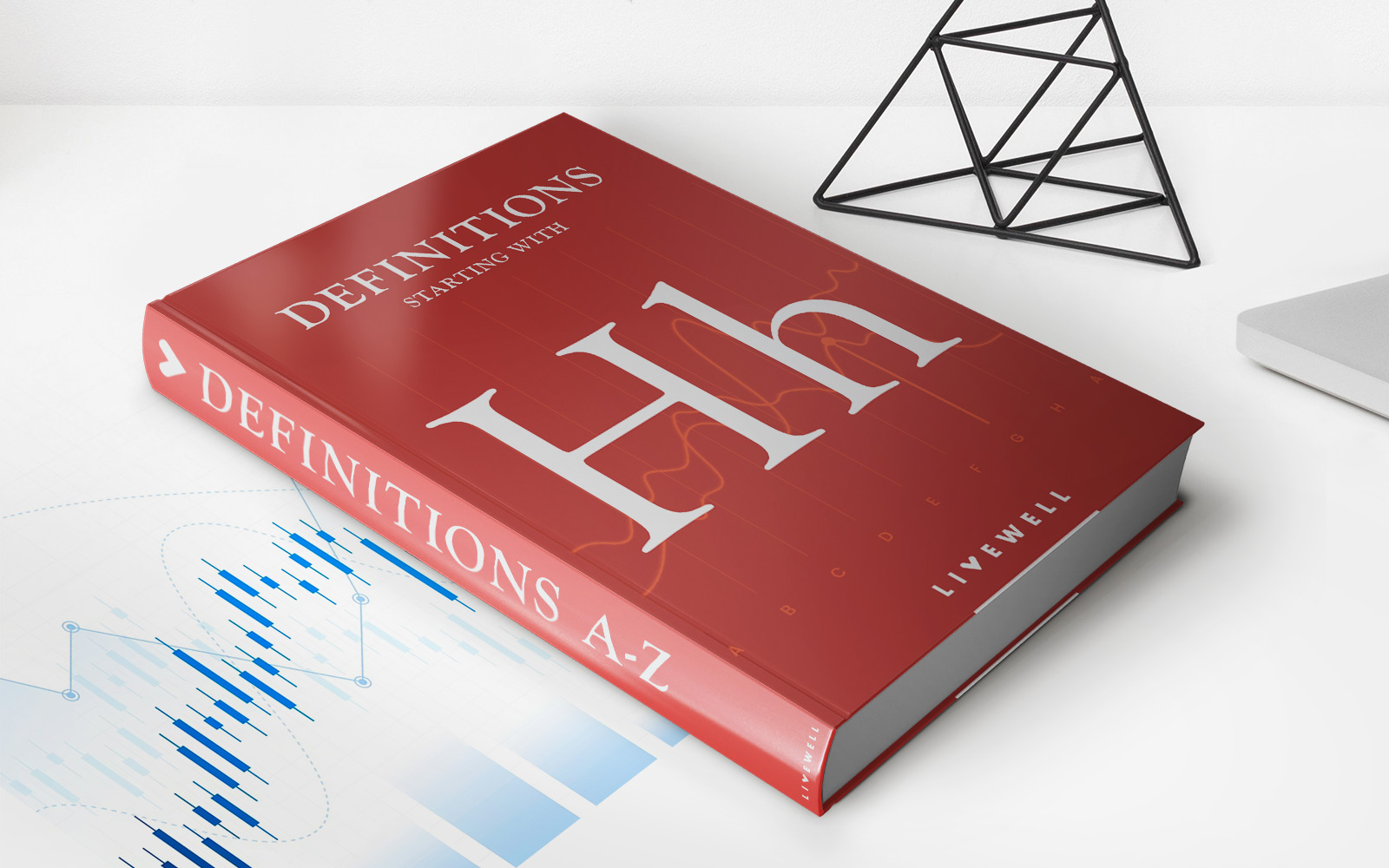Home>Finance>Bond Discount: Definition, Example, Vs. Premium Bond
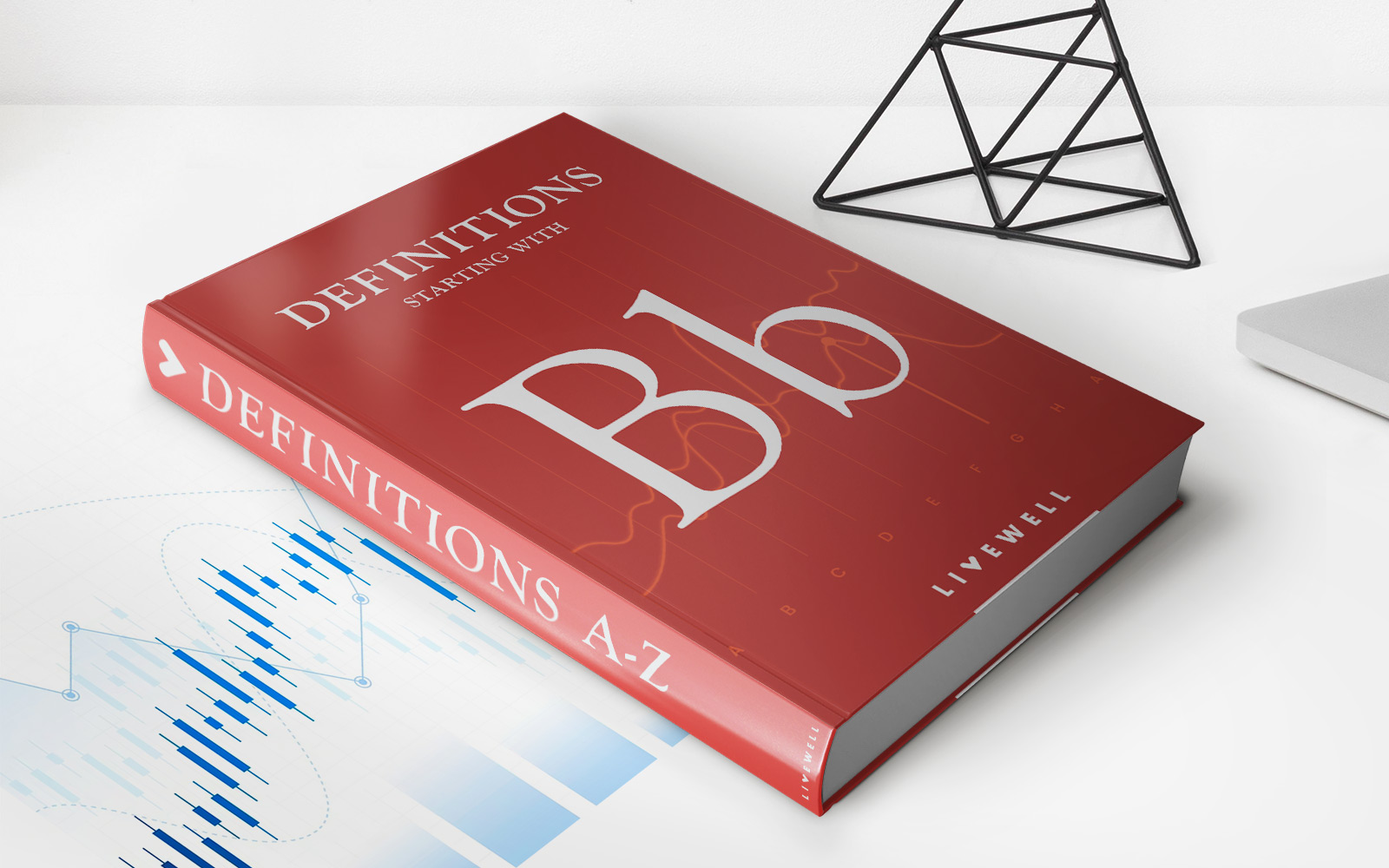

Finance
Bond Discount: Definition, Example, Vs. Premium Bond
Published: October 17, 2023
Learn about bond discount in finance, its definition and example, and compare it with premium bonds. Understand the concept of bond pricing in financial markets.
(Many of the links in this article redirect to a specific reviewed product. Your purchase of these products through affiliate links helps to generate commission for LiveWell, at no extra cost. Learn more)
Bond Discount: Definition, Example, Vs. Premium Bond
Welcome to our finance category! In today’s post, we’ll unravel the concept of bond discount and explore its implications in the world of finance. Whether you’re an investor, a financial professional, or simply someone curious about how bonds work, understanding bond discount is crucial. So, grab your notepad and let’s dive in!
Key Takeaways:
- Bond discount refers to the difference between a bond’s par value and its market price when it’s trading below par.
- A bond discount occurs when interest rates rise, creditworthiness weakens, or market conditions change.
What is Bond Discount?
Simply put, a bond discount occurs when a bond is trading below its par value. Par value, also known as face value or nominal value, is the amount the issuer promises to repay the bondholder at maturity. When a bond is issued, it may be priced at a premium, par, or a discount to attract investors.
When a bond is priced at a discount, it means that the market considers it riskier than similar bonds with higher interest rates or better credit ratings. Bond discounts can arise from a variety of factors, including changes in interest rates, a deterioration in the issuer’s creditworthiness, or shifts in overall market conditions.
An Example of Bond Discount:
Let’s bring this concept to life with an example. Imagine XYZ Corporation issues a bond with a par value of $1,000 and a coupon rate of 5%. However, due to changes in market conditions, the bond is traded at a discounted price of $900.
The discount on the bond can be calculated by subtracting the market price from the par value: $1,000 – $900 = $100. This $100 represents the bond discount, which is essentially the reduced amount investors are willing to pay for the bond due to perceived risks.
Bond Discount vs. Premium Bond:
Now that we understand bond discount, it’s essential to clarify the difference between bond discount and premium bonds. While a bond discount occurs when a bond is trading below its par value, a premium bond is the opposite. A premium bond refers to a bond that is trading above its par value.
The pricing of premium bonds typically occurs when interest rates decrease, the issuer’s creditworthiness improves, or the overall market conditions favor such bonds. Investors are willing to pay a premium to secure a higher-than-market interest rate or the issuer’s perceived financial strength.
Conclusion:
Bond discount is a fundamental concept in the world of finance, playing a significant role in bond markets. By understanding the concept and implications, investors can make informed decisions regarding their bond investments. Remember, a bond discount occurs when a bond is trading below its par value, often due to changing market conditions, rising interest rates, or declining creditworthiness.
If you’re interested in exploring the world of bonds further, consider diving into our other articles covering bond types, investment strategies, and other finance topics. Stay tuned for more insightful content!
